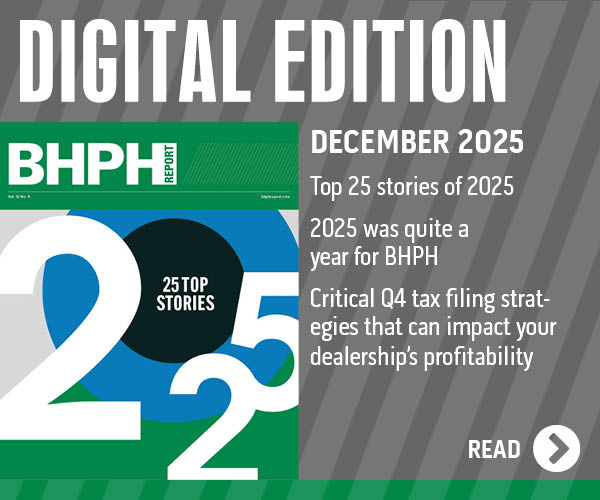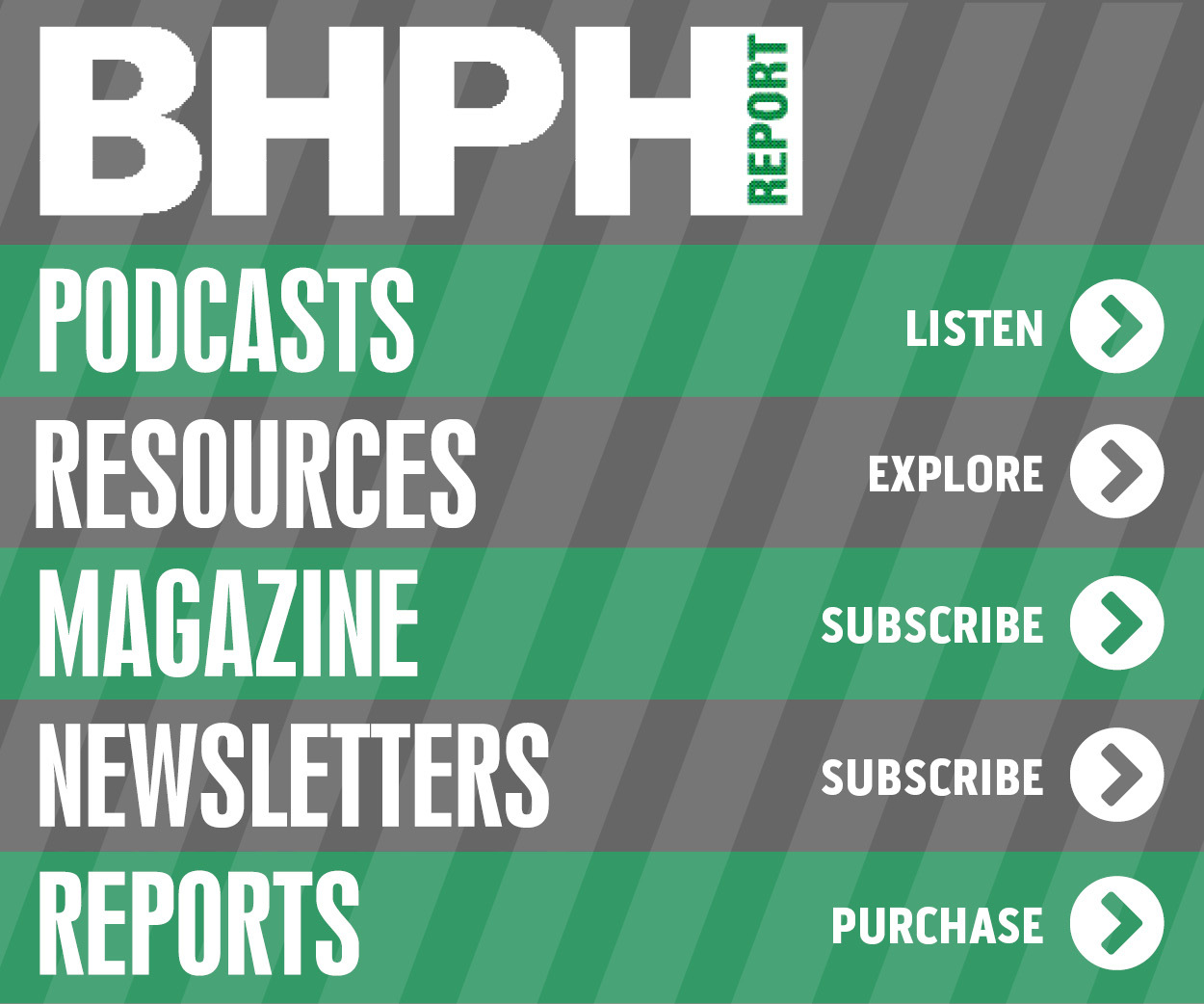Total bankruptcy filings jump 16% in May

By subscribing, you agree to receive communications from Auto Remarketing and our partners in accordance with our Privacy Policy. We may share your information with select partners and sponsors who may contact you about their products and services. You may unsubscribe at any time.
When looking at the data on a year-over-year basis, the climb in bankruptcy filings by both consumers and businesses remain upward and notable.
According to data provided by Epiq AACER, there were 44,980 total U.S. bankruptcy filings in May, representing a 16% increase from last May’s total of 38,696.
Experts determined noncommercial bankruptcy filings registered a 17% increase to 42,362 in May from the noncommercial total of 36,335 posted a year earler.
Epiq tabulated the number of consumers filing for Chapter 7 increased 19% to 25,772 in May from the 21,624 individuals who filed for Chapter 7 last year, while Chapter 13 filings rose 13% to 16,509 in May from the 14,641 Chapter 13 filings completed in May 2023.
Meanwhile, experts determined small business filings — captured as subchapter V elections within Chapter 11 — spiked 53% to 228 in May from 149 a year earlier.
Epiq added commercial Chapter 11 filings in May increased 11% year-over-year to 759 from 683.
Subscribe to Auto Remarketing to stay informed and stay ahead.
By subscribing, you agree to receive communications from Auto Remarketing and our partners in accordance with our Privacy Policy. We may share your information with select partners and sponsors who may contact you about their products and services. You may unsubscribe at any time.
Overall commercial filings in May also increased 11% to 2,618 from 2,361, according to Epiq’s database.
“As anticipated, we continue to observe significant year-over-year growth in commercial business filings,” Epiq AACER vice president Michael Hunter said in a news release. “This trend persists due to elevated interest rates and rising operational expenses, which continue to strain business profitability.
“Additionally, consumer filings exhibit robust increases driven by escalating household costs, historically high levels of household debt and relatively stagnant household income. These factors collectively contribute to the ongoing necessity and increased demand for consumers and businesses to seek bankruptcy protection,” Hunter continued.
In that news release, American Bankruptcy Institute executive director Amy Quackenboss recapped that the debt eligibility limit of $7.5 million for small businesses looking to elect subchapter V reorganization under Chapter 11 is due to sunset back to $2,725,625 on June 21.
Quackenboss noted Sen. Richard Durbin (D-Ill.) and a bipartisan group of senators introduced S. 4150 on April 17 to extend the $7.5 million eligibility limit for small businesses looking to access subchapter V relief to 2026.
She said the bipartisan measure also maintains the debt limit for individual Chapter 13 filings at $2.75 million and removes the distinction between secured and unsecured debt for that calculation.
ABI’s Subchapter V Task Force on April 19 released its final report and recommendations to Congress, and its findings support maintaining the eligibility limit of $7.5 million in aggregate noncontingent, liquidated debt for small businesses looking to reorganize under subchapter V.
“More distressed small businesses are continuing to turn to subchapter V relief amid an economic climate of inflationary pricing and higher borrowing costs,” Quackenboss said. “With the enhanced subchapter V eligibility limit of $7.5 million set to sunset on June 21, we support legislative efforts to extend and maintain greater access for distressed small businesses and families to reorganize their debts.”
Turning back to the latest data, Epiq wrapped up its update by pointing out that May’s total bankruptcy filings represented a slight decrease of 3% from April’s total of 45,606.
Experts added consumer Chapter 7 filings decreased 4% from the 26,777 Chapter 7 cases filed in April, while Chapter 13 filings increased 2% over the 16,175 filings in April.


